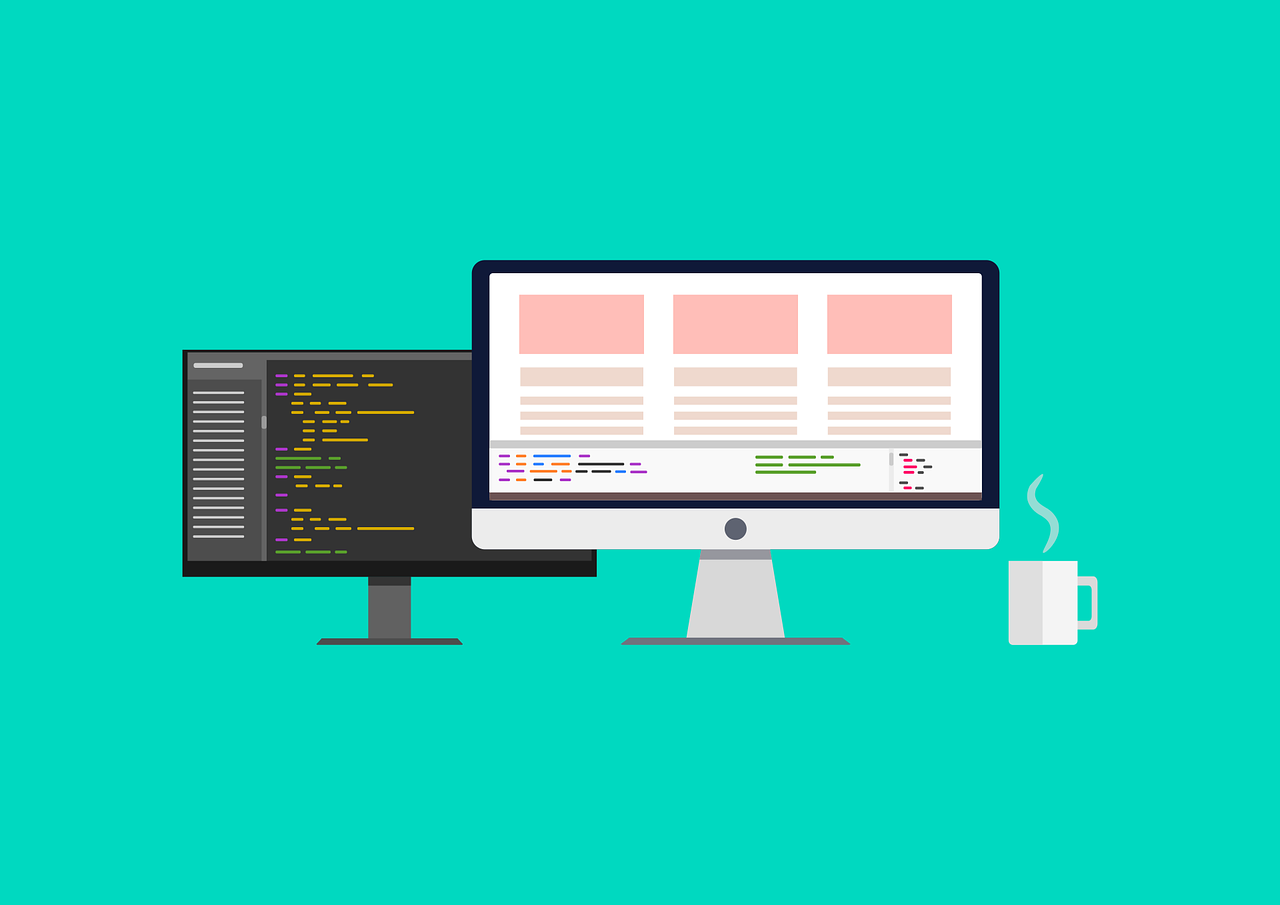You must have seen so many web pages till date. Ever wondered how these pages are built? Well, the majority of these web pages are built on JavaScript.
JavaScript is a language which is used by more than 95% of the websites!
It helps you to get engaging and interactive web pages for different brands and applications.
Not only web pages or browser links, but the magic of JavaScript has also transformed applications. Several server-side applications are developed with the help of JavaScript.
You must know the basics of JavaScript as a programmer or developer. However, knowing only the basics is not enough.
There are some particular concepts you must keep in your mind about JavaScript. Hence, we have elaborated 7 JavaScript concepts which are vital to learn for a developer.
7 JavaScript concepts that every web developer should know
Although all you need is to be aware of the basics of JavaScript to initiate your work on any webpage, some concepts need your attention.
Following are the seven major JavaScript concepts that you must study in detail as a web developer to excel at building web pages and applications:
IIFE
IIFE is an abbreviation of an Immediately involved function expression. This function in JavaScript is invoked whenever it is defined throughout the code.
In simpler terms, whenever IIFE variables are defined in a code, they are invoked immediately. This variable will only be invoked if defined at a particular code point.
With this characteristic, the variables with IIFE will be inaccessible or unavailable to the outer world. This means that the global scope of a variable will not have any influence on a particular value.
Therefore, IIFE variables are often used to prevent data from being accessible globally. The IIFE variables help the developer maintain data privacy as the code is executed immediately.
Scope
While developing a code, the scope is one of the most important concepts you have to keep in mind. Also, this concept will help you with your aptitude preparation.
Scope, in simple words, is the access of a particular variable in a code. It defines whether the variable can be accessed globally, privately, or in a specific code section.
If you want to understand it better, the scope is a box containing all the variables, functions, and objects. These boundaries serve as restrictions on accessing these components of the code.
With the scope, you can allow or restrict the other parts of the code to access certain variables. This allows you to monitor if you want to accept all Or select values for a variable.
Although by default, every variable in a JavaScript code is in root or window scope, you can redefine it. The scope of a variable can be defined in two ways:
- Global scope: When you define a variable with a global scope, everything is kept outside the boundary or box. Simply put, global scope allows the code to access variables outside the scope box. All variables beyond the box boundaries can be defined and accessed by different parts of the code.
- Local scope: Whenever a variable is defined in a local scope, it is not accessible by the part of code on the outside of the box. This variable will only be accessible or available inside this scope or box.
You can define various codes and examine the scope by defining the variables differently.
Closure
The closure is simply a function defined inside an existing function. The newly defined function, called the closure, will have access to the parent or existing function.
Confused? Let us make it simpler for you. The closure is a new function, say A. Function A is defined inside function B. Now, as per the closure characteristics, all the variables in function B will be accessible by function A.
Closure works with scope. All the variables will be accessible by the closure function, i.e. closure can access all the variables in its scope. This scope is defined by using curly brackets.
In addition to the variables defined in its scope, the closure function can also access the global variables and all the variables of its parent function.
All in all, the closure function will have access to three kinds of variables, i.e. scope of parent function, global scope, and its local scope.
The outer function or the parent function will not have access to any variables defined within the scope of the closure function.
Hoisting
Hoisting is one of the most complicated yet significant concepts in JavaScript. It is a technique of JavaScript interpreter where it changes the function declaration process.
With hoisting, the declaration of a function or process is changed to the top of the particular scope just before the code is executed. Due to hoisting, you will not get an “undefined variable” error.
Callbacks
The Callback is a function, but this function is passed to another function as a parameter only. This parameter is invoked in the second function.
A chain of functionalities is formed in this case. Also, the initial function will have to wait unless the second function returns a value or is executed.
The callback function allows the synchronous ability of the code.
Promises
Whenever you are stuck in Callback after a callback, Promises come to the rescue. With promises, you can make the chain asynchronous.
A promise is simply an object that generates a fixed value in future.
Promises can be stated in three different forms, namely rejected, pending, and fulfilled.
In a simple manner, the promises are objects that declare the completion or failure of an asynchronous chain
Async and wait
To make the promises more influential and efficient, this syntactic is used. According to this, you just have to wait until a process is resolved completely.
Also, async and wait for Syntactic helps to synchronize the data in a better manner. It can also be used to perform Rest API requests.
Conclusion
While revising the basics of JavaScript, make sure you keep these concepts highlighted. These concepts will help you to excel in this amazing language.
Other than that, these concepts can be highly useful for aptitude preparation for various technical interviews and exams.






